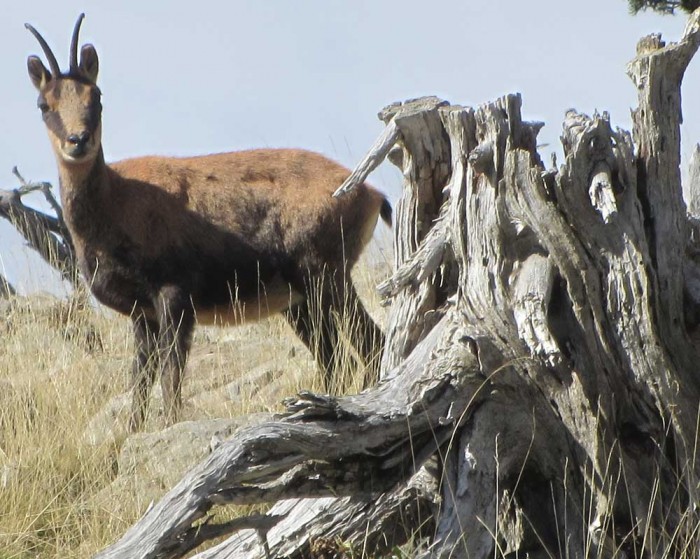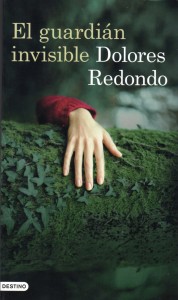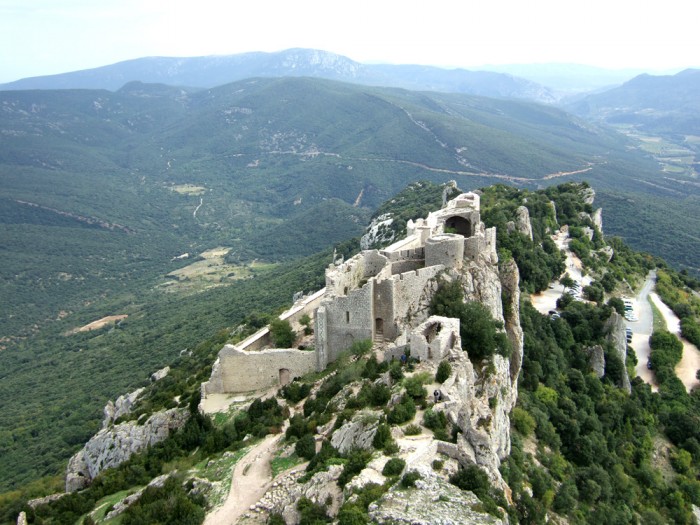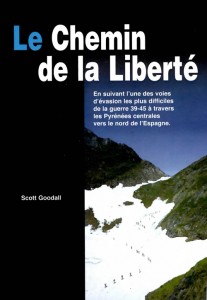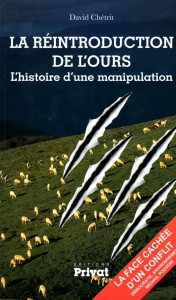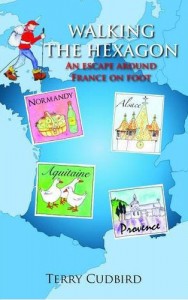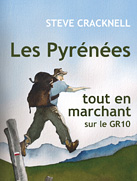Last Saturday I went to a meeting of farmers, politicians and officials called to discuss the effect of bears on sheep farming in the Pyrenees. There are now about forty brown bears in the massif following two waves of reintroductions over the last twenty years. Their presence is still controversial, particularly in Ariège where the meeting was held. Ensauvagement, rewilding, is a dirty word in some quarters.
To my mind, there were two significant developments at the meeting which went by the name of the États-Généraux du Pastoralisme. One was the announcement of a scientific investigation into whether the government-recommended measures to protect livestock really are useful. And the second was the President of the Ariège council’s announcement that he could envisage, albeit reluctantly, that the bears are here to stay.
The famous video in which a group of armed men dressed in balaclavas threaten to “restart bear-hunting in Ariege”
The discussions started in the morning but it wasn’t until the Prefect [the government official responsible for overseeing the department] had left that things started to heat up. During the final plenary session, a man who had just arrived asked for the microphone. He grabbed the attention of the audience by mentioning “the famous video that you have all seen, with the guns” and then went on to say that bears had no place in the Pyrenees. The audience clapped and a few minutes later he left. For him, that was all there was to it.




